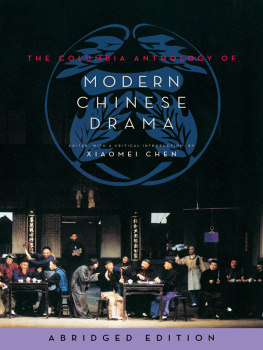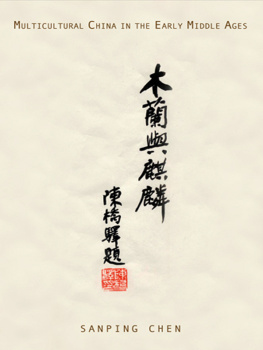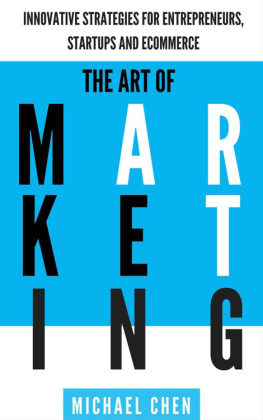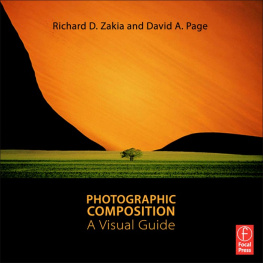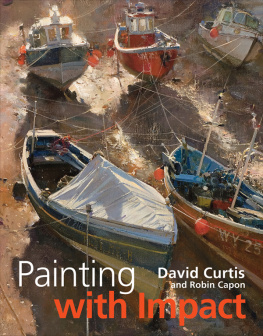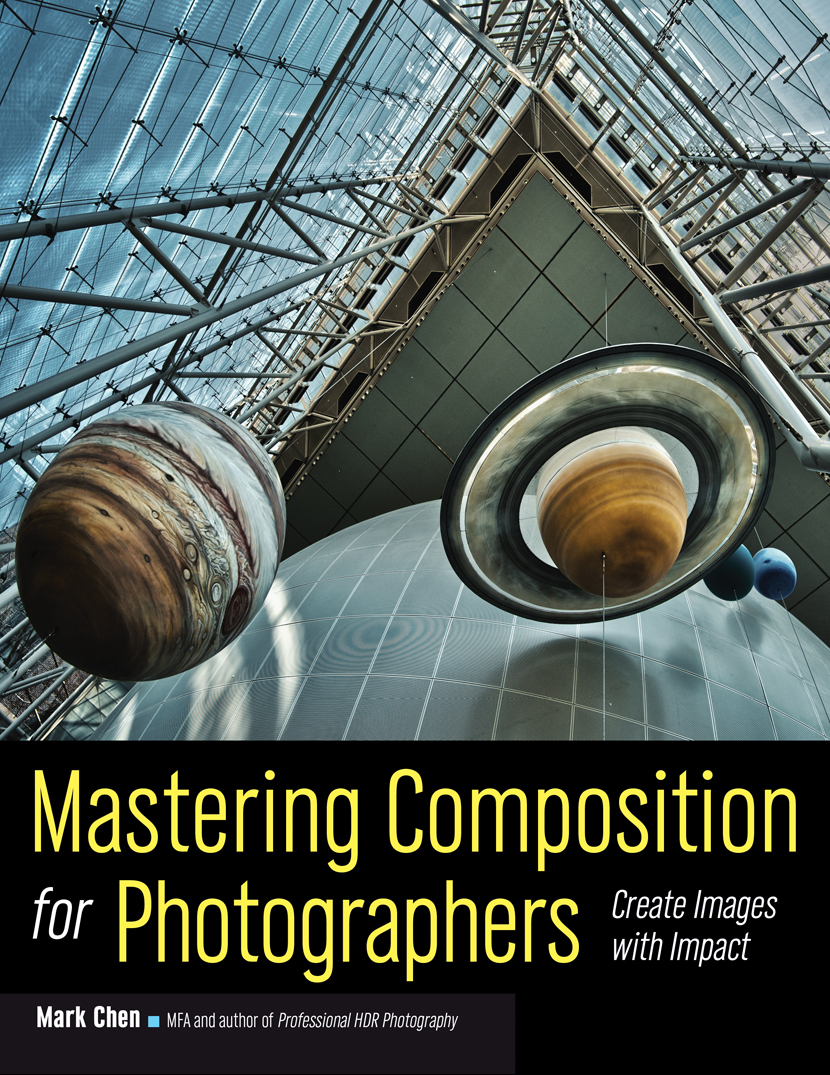
Acknowledgments
Special thanks to Auliya Flory, I-Ling Chen, Johnny Chang, Olive Chen, Elaine Santos, Marcia Chen, Sharone Goe, Jeff Bradley, Lauren Lohman, and Angie McMonigal. They made the book look good.
Copyright 2016 by Mark Chen.
All rights reserved.
All photographs by the author unless otherwise noted.
Published by:
Amherst Media, Inc.
P.O. Box 586
Buffalo, N.Y. 14226
Fax: 716-874-4508
www.AmherstMedia.com
Publisher: Craig Alesse
Senior Editor/Production Manager: Michelle Perkins
Editors: Barbara A. Lynch-Johnt, Harvey Goldstein, Beth Alesse
Associate Publisher: Kate Neaverth
Editorial Assistance from: Carey A. Miller, Sally Jarzab, John S. Loder
Business Manager: Adam Richards
Warehouse and Fulfillment Manager: Roger Singo
ISBN-13: 978-1-60895-983-9
Library of Congress Control Number: 2015944884
10 9 8 7 6 5 4 3 2 1
No part of this publication may be reproduced, stored, or transmitted in any form or by any means, electronic, mechanical, photocopied, recorded or otherwise, without prior written consent from the publisher.
Notice of Disclaimer: The information contained in this book is based on the authors experience and opinions. The author and publisher will not be held liable for the use or misuse of the information in this book.

www.facebook.com/AmherstMediaInc
www.youtube.com/c/AmherstMedia
www.twitter.com/AmherstMedia
Table of Contents
Guide
Contents



Mark Chen is a photographer, a digital media artist, and an activist. While the majority of his work entails creating still images and videos, his talents and work extend to producing media including animation, soundscapes, installations, and performances. Through the narratives in his work, Chen aims to raise awareness on sustainability, climate change, and other environmental and social issues. Digital postproduction is highly integrated into his artistic expression to encompass the essences of fiction, satire, and futurism.
Mr. Chens exhibition path traverses locally, nationally, and internationally, including the Houston Center for Photography, Fotofest (Houston), the Arc Gallery (San Francisco), and the Artists Cabin (Taipei, Taiwan). He is currently working on his MFA at the University of Houston, where he receives merit-based scholarships for his education.
In addition to his career as an artist, Mr. Chen is an educator who has taught at University of Houston, Houston Baptist University, and Houston Community College, among other institutions. He is also an avid published author. He has authored seven book titles on photographic art and techniques, all available from Amherst Media.
I define composition as the science of laying out impactful images. It is a science because the elements of composition are time-tested theories that are tangible and repeatable. In our efforts to make a photograph that is beautiful, we can rely on time-tested compositional guidelines to develop a pleasing aesthetic. In using compositional tactics, we can make tangible the somewhat mystical qualities and elements that contribute to the fabric of an image that is pleasing to the eye. We can also use those elements to lead the viewers gaze through the image in a predictable manner.
I define composition as the science of laying out impactful images.
This book covers discussions on the above-mentioned theories and practices, their usage in photography, and their evolution in the history of photography. It is also a field guide for photographers who want to methodologically incorporate compositional elements into their work in order to raise their art to a new level.
Photographers may gain insight as to how compositional elements are used by the masters, and then, with this understanding, incorporate these strategies and experiment with the same approach.
The Analogical Views
Compositional Elements Are Like Grammar
Grammar gives people who are learning a new language rules to abide by. When these rules are followed, the new speakers can feel secure that those listening to them speak will understand what they are communicating. In much the same way, compositional elements can be used by aspiring photographers to ensure that viewers of their images will clearly understand what they are communicating; their use can also help to coax the anticipated reaction from the viewers.
Compositional Elements Are Condiments
We use condiments to bring out the flavors in our food. Without saffron, paella does not taste like paella. Compositional elements work with contextual elements in a similar way. A great composition enhances the context of a photograph and amplifies its impact.
Compositional Elements Are Keys
Each key unlocks a door. Similarly, each compositional element triggers a certain emotional response from the viewers. This power teams up with the thought-provoking power of an images contextual elements and forms a unique narrative.
A great composition enhances the context of a photograph and amplifies its impact.
Compositional Elements Are Muscle Memories
Athletes repeat an exercise in order to establish a muscle memory, a good body form that happens without thinking. Similarly, compositional practices become intuitive. We often say that photographers with this intuition have a good eye. Teaching you to develop this good eye is this books first and foremost goal.
A single photograph often contains many compositional elements. Lines, for example, are present in almost every image. Our interest lies in discerning the dominant compositional elements in the photographs we view and create. Every image has a dominant element and some have several elements that, in combination, build the foundation of a strong image. When you examine the work of master photographers, you will notice strong compositional elements that make these images impressive, impactful, and even iconic. Many books on the topic of composition feature images that seem to have been produced for the sake of demonstration. In this book, we will analyze existing images and reverse engineer them. We will consider what it is about each image that makes it work and will answer the question, Why are these images successful?
In this book, we will analyze existing images and reverse engineer them.
In each of the following chapters, we will take an in-depth look at one compositional element, its definition, and its impactand in each case, we will view photographic examples that are dominated by this particular compositional element.
Many of the photographs included in this book are accompanied by composition guides...
Composition Guides
Many of the photographs included in this book are accompanied by composition guides, which are essentially line drawings of the photograph. These drawings highlight the objects that form a certain compositional element. Take , for example. The former is the original image and the latter shows where the lines are, where they converge to form the vanishing point, and the way the subject is framed.



